Pomegranate Houseplants – How To Grow Pomegranates Inside
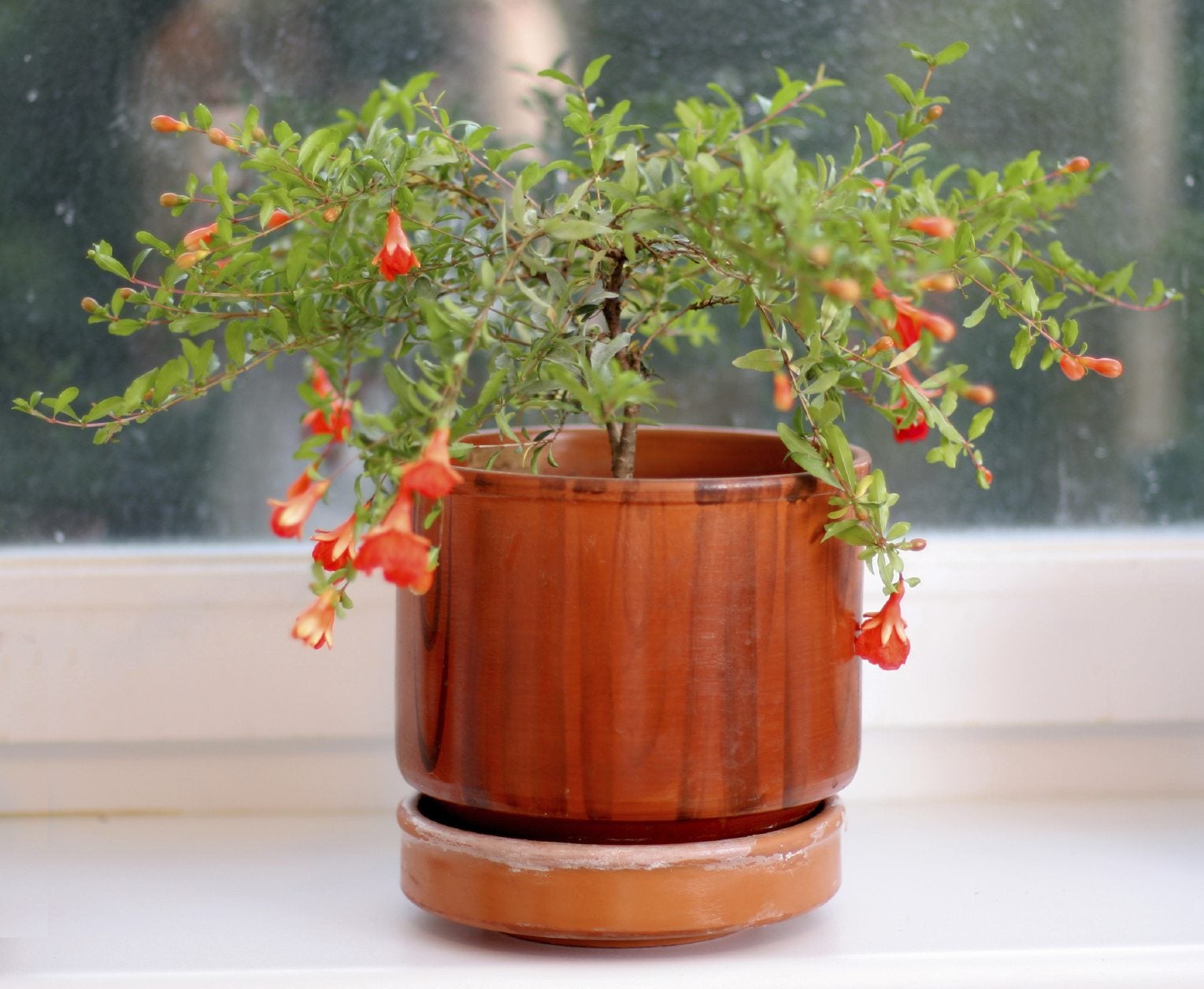

If you think that pomegranate trees are exotic specimens that require a specialized environment and an expert’s touch, you may be surprised that growing pomegranate trees indoors is actually relatively easy. In fact, indoor pomegranate trees actually make great houseplants. Some gardeners enjoy growing pomegranate bonsai, which are simply miniature forms of natural trees. Read on to learn more about how to grow pomegranates inside and specifics about indoor pomegranate care.
How to Grow Pomegranates Inside
Pomegranate trees reach mature heights of up to 30 feet (9 m.), which makes them too tall for most home environments. You can get around the size problem when growing pomegranate houseplants by planting a dwarf pomegranate tree, which reaches heights and widths of 2 to 4 feet (61 cm. to 1 m.). Many people grow dwarf pomegranates strictly as ornamental trees because the small, sour fruits are loaded with seeds. Plant your pomegranate tree in a sturdy pot with a diameter of about 12 to 14 inches (31-36 cm.). Fill the pot with a lightweight commercial potting mix. Place the tree in a sunny spot; pomegranate needs as much sunlight as possible. Normal room temperatures are fine.
Indoor Pomegranate Care
Water your pomegranate tree frequently enough to keep the soil moist but not soggy. Water deeply until water drips through the drainage hole, then let the soil dry slightly before watering again. Never allow the soil to become bone dry. Feed your pomegranate tree every other week during spring and summer, using an all-purpose liquid fertilizer diluted to half strength. Repot the pomegranate to a pot just one size larger when the plant becomes slightly rootbound, but not before. Prune your pomegranate tree in early spring. Remove any dead growth and trim just enough to remove wayward growth and maintain the desired shape. Pinch the tips of new growth occasionally to encourage a full, compact plant.
Indoor Pomegranate Trees in Winter
Pomegranate houseplants need at least four to six hours of bright light every day. If you can’t provide this naturally, you may need to supplement available light with grow lights or fluorescent bulbs. If the winter air in your home is dry, place the pot on a tray of wet pebbles, but be sure the bottom of the pot isn’t actually standing in the water. Keep the soil slightly on the dry side and be careful not to overwater the plant during the winter months.
Gardening tips, videos, info and more delivered right to your inbox!
Sign up for the Gardening Know How newsletter today and receive a free copy of our e-book "How to Grow Delicious Tomatoes".

A Credentialed Garden Writer, Mary H. Dyer was with Gardening Know How in the very beginning, publishing articles as early as 2007.
-
 8 Perfect Flowers To Plant With Tomatoes To Boost Yields & Banish Pests
8 Perfect Flowers To Plant With Tomatoes To Boost Yields & Banish PestsDon’t forget flowers when choosing companion plants for your tomato beds or pots. These pretty, fragrant flowers add beauty but are also highly beneficial.
By Mary Ellen Ellis
-
 Want The Longest Lasting Hydrangea Flowers? Grow These 8 Panicle Hydrangea Varieties
Want The Longest Lasting Hydrangea Flowers? Grow These 8 Panicle Hydrangea VarietiesFor ornamental shrubs that deliver the longest flowering seasons with plush blooms and delicate hues, these panicle hydrangea varieties are essential in your yard
By Tonya Barnett
-
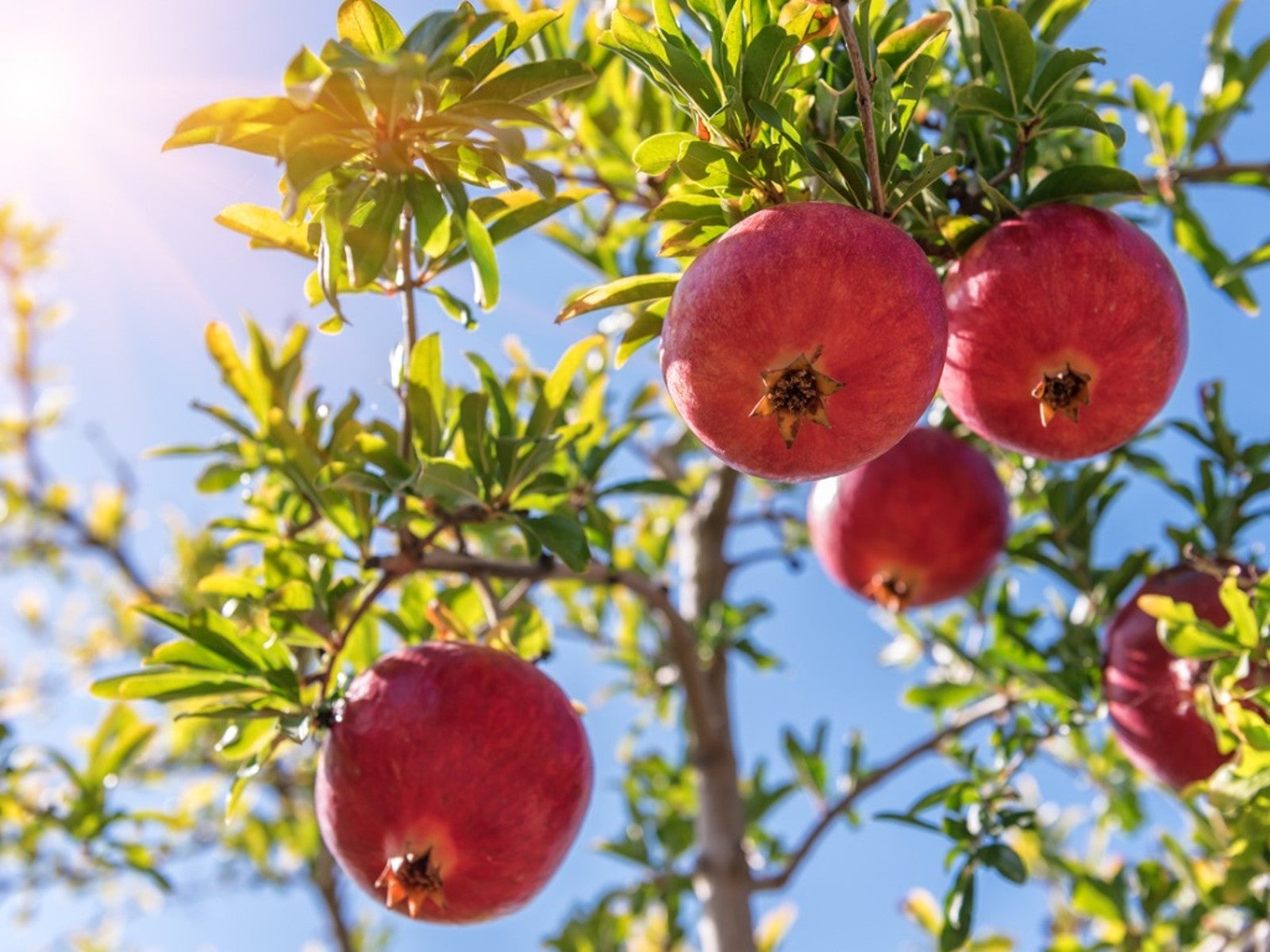 Replanting Container Grown Pomegranate – Tips On Transplanting Potted Pomegranates Outside
Replanting Container Grown Pomegranate – Tips On Transplanting Potted Pomegranates OutsideIt’s pretty easy to transplant a potted pomegranate outdoors. Click for more information on moving a potted pomegranate.
By Teo Spengler
-
 Picking Pomegranates – Learn About Harvesting Pomegranate Fruit
Picking Pomegranates – Learn About Harvesting Pomegranate FruitPomegranates have become so popular that many people in USDA zones 7-10 are trying their hand at growing and picking their own pomegranates. So how and when do you harvest pomegranates? Click this article to learn more.
By Amy Grant
-
 Yellowing Leaves On Pomegranate: Why Pomegranate Leaves Turn Yellow
Yellowing Leaves On Pomegranate: Why Pomegranate Leaves Turn YellowGrowing a pomegranate tree can be a rewarding experience filled with delicious fruits and beautiful juice, but growing these fruit trees isn't all paradise. If your plant is looking a little off, with yellowing leaves, click here to learn how to save it.
By Kristi Waterworth
-
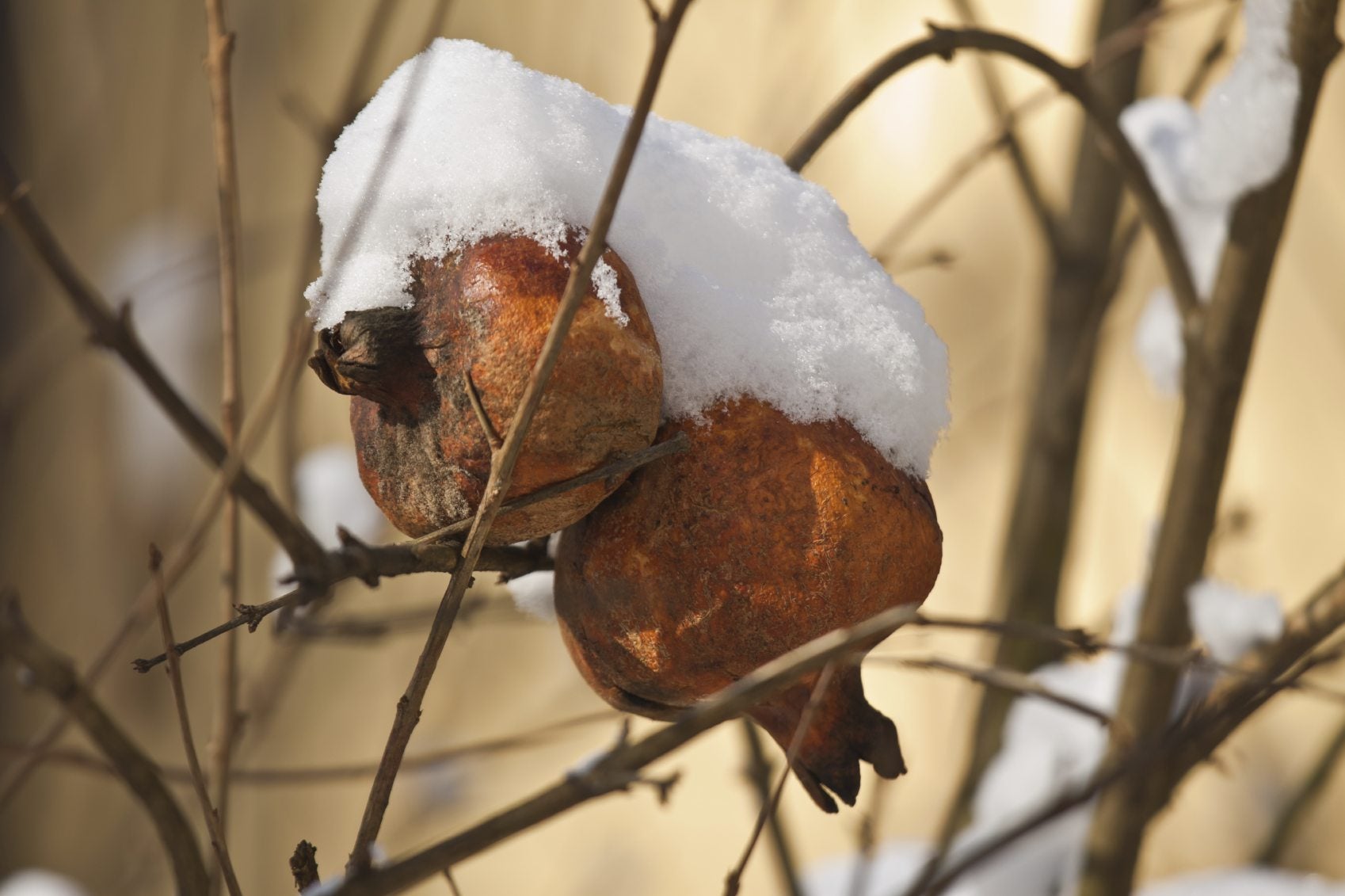 Pomegranate Winter Care: How To Care For Pomegranate Trees In Winter
Pomegranate Winter Care: How To Care For Pomegranate Trees In WinterPomegranates hail from the far eastern Mediterranean so as you may expect they appreciate plenty of sun and should be protected in the winter time. How do you go about overwintering pomegranate trees? Find out in this article.
By Amy Grant
-
 Pomegranate Tree Leaves Falling Off: Why Do Pomegranate Trees Lose Leaves
Pomegranate Tree Leaves Falling Off: Why Do Pomegranate Trees Lose LeavesPomegranates are typically grown for their fleshy, sweet-tart edible fruits. That being said, pomegranate leaf loss can be a frustrating problem for many gardeners. Click on the article that follows to learn why this happens.
By Karen Boness
-
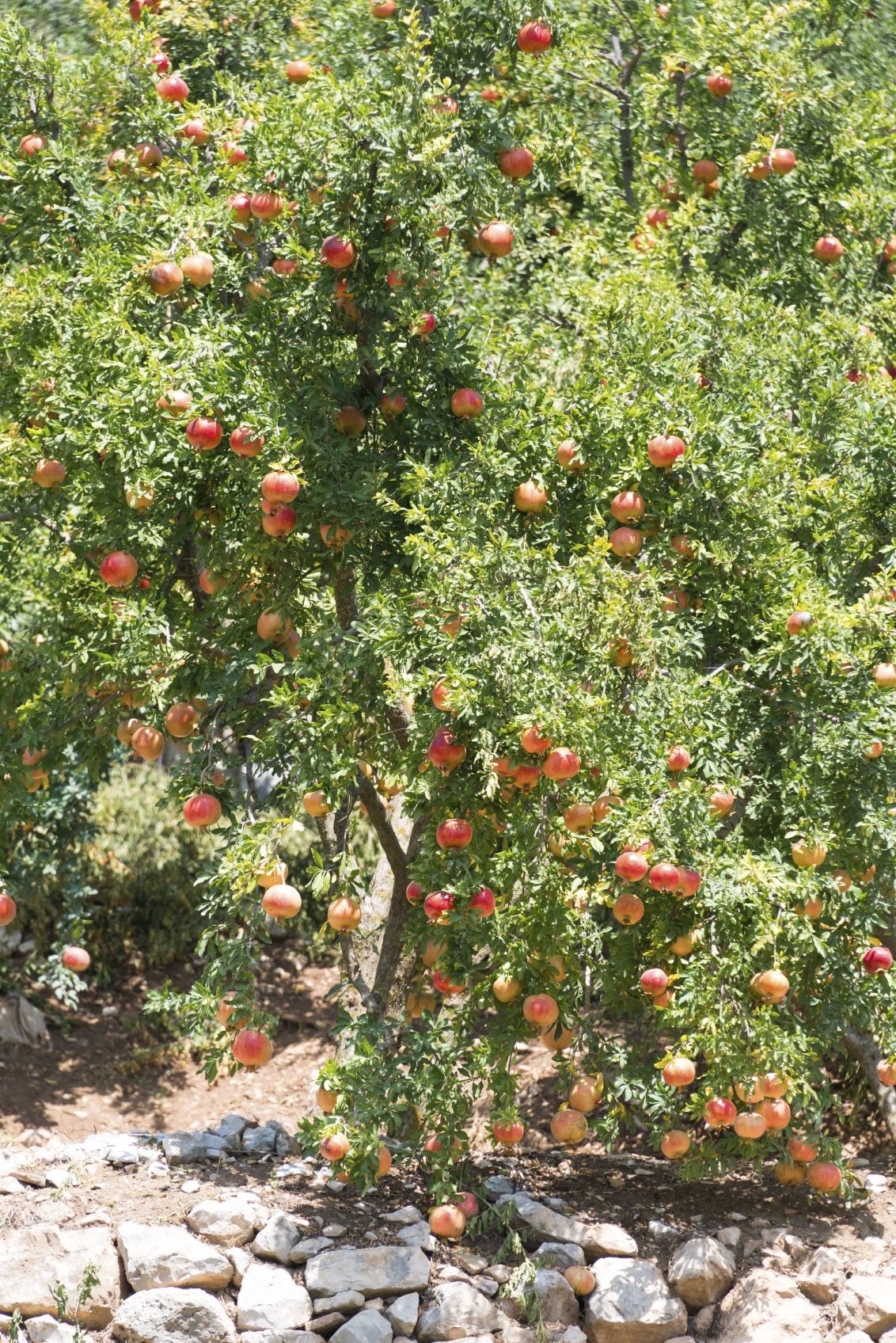 Pomegranate Tree Pruning – Learn About The Cutting Of Pomegranates
Pomegranate Tree Pruning – Learn About The Cutting Of PomegranatesIt is important to prune pomegranate trees properly if you want to increase fruit production and maintain an attractive form. Unfortunately, these two goals are in conflict. Learn more about pruning pomegranates in this article.
By Karen Boness
-
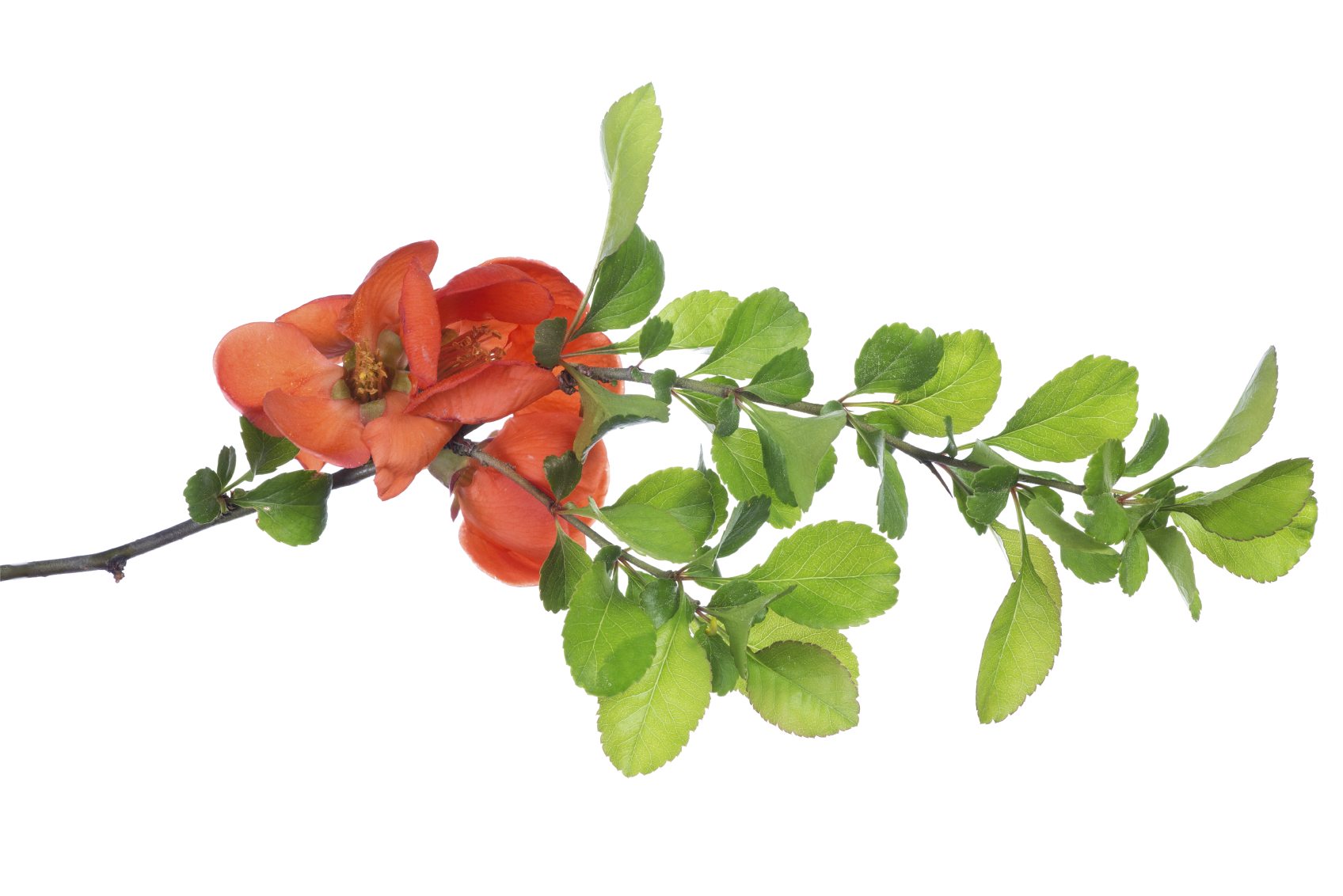 Propagating Pomegranate Trees: How To Root A Pomegranate Tree
Propagating Pomegranate Trees: How To Root A Pomegranate TreeGrowing a pomegranate tree from cuttings is cost-free and relatively easy. Find more information about how to root a pomegranate tree from pomegranate tree cuttings in the article that follows. Click here to learn about pomegranate propagation.
By Teo Spengler
-
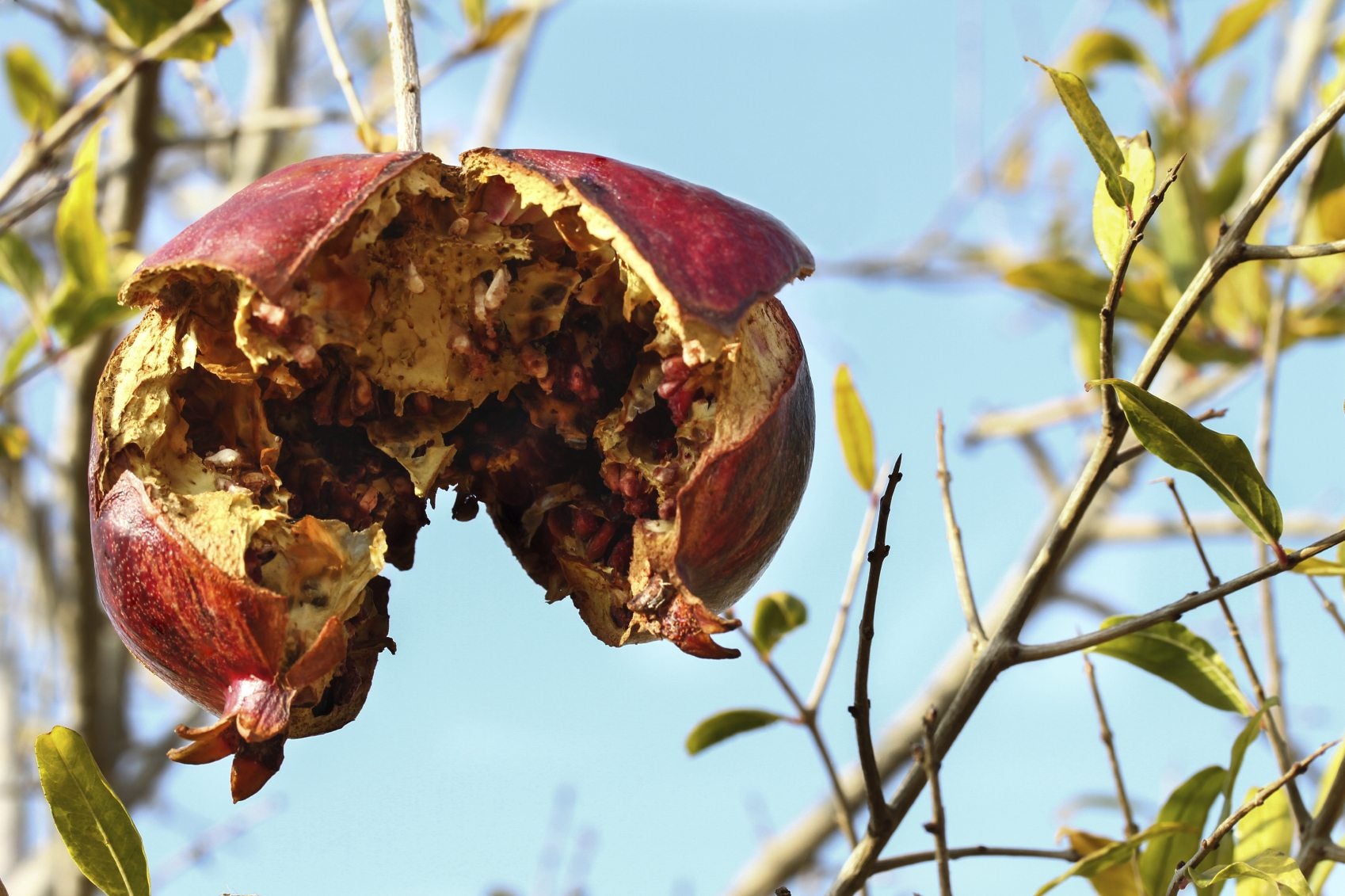 Problems Of Pomegranates: Learn About Diseases In Pomegranate
Problems Of Pomegranates: Learn About Diseases In PomegranatePomegranate fungal diseases are a common issue in plants grown in wet regions. Other diseases in pomegranate are rarer and not permanently damaging to the tree. Learn the problems of pomegranates in this article. Click here for more info.
By Jackie Carroll